- Home
- entertainment
- news
- 5 things you might not know about Tupac Shakur, from a new authorized biography
5 things you might not know about Tupac Shakur, from a new authorized biography
Barnaby Lane

- The first-ever authorized biography of the late Tupac Shakur was published this week.
- Staci Robinson's book tells the rapper's life story with the help of family and friends.
Shakur's $3.5 million contract with Death Row was signed on a napkin.
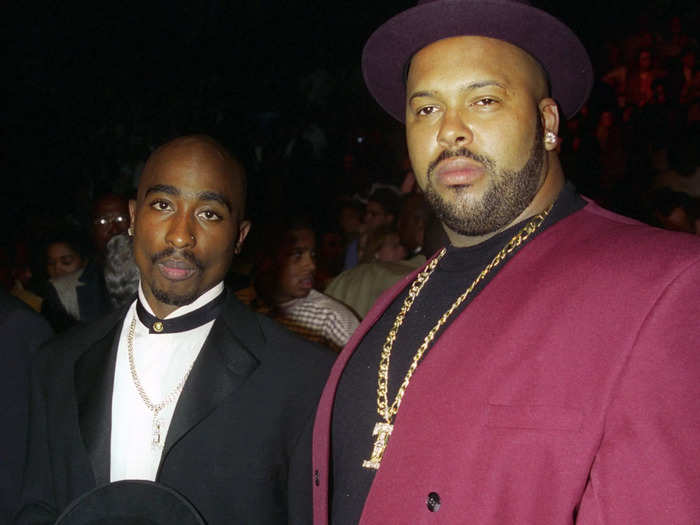
In September 1995, Shakur signed with Marion "Suge" Knight's Death Row Records while incarcerated at Clinton Correctional Facility in New York.
Robinson writes that the contract was drawn up in the visiting room of the prison.
The agreement was for a three-album deal advancing Shakur $1 million, as well as money for a car, expenses over the year, and legal fees, writes Robinson.
Interscope, which had a distribution deal with Death Row, also agreed to pay Shakur's $1.4 million bail, which he was expected to pay back with future royalties.
Big Syke, a member of Shakur's rap group, the Outlawz, was stood next to Shakur as he signed the deal, and he tells Robinson he remembers being skeptical of the deal due to how it was penned.
"He signed on a napkin," Syke says.
Shakur was planning to release a cookbook.
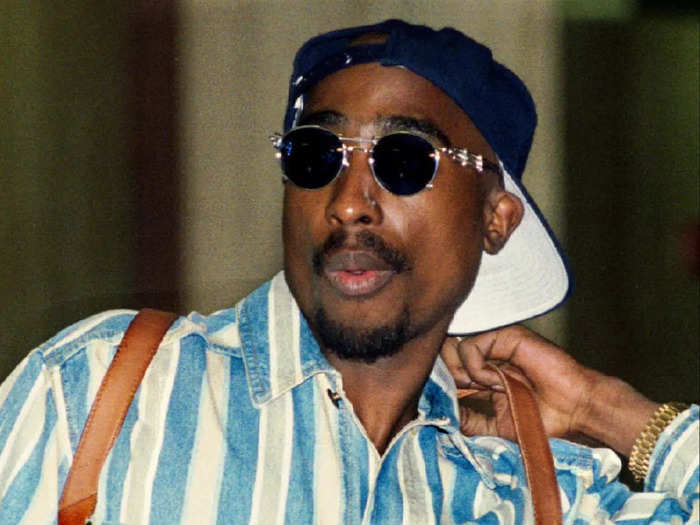
Prior to his untimely death in 1996, Shakur had big plans for the future that extended far beyond the world of music.
According to Robinson, among the things on Shakur's "to-do list" were starting his own record label, forming a youth softball league for underserved communities, and releasing a video game.
Shakur also wanted to launch a phone line that children anywhere in America could call if they needed help with "bullying, financial aid, domestic abuse, mental health, transportation, or any problems they were afraid to discuss with family and friends," writes Robinson.
Perhaps the most unexpected of all his plans was a cookbook.
Robinson writes that Shakur wanted the book to be a "collection of recipes" from the mothers and grandmothers of rap artists. He planned to donate the proceeds to charity.
Shakur once considered ending his life.
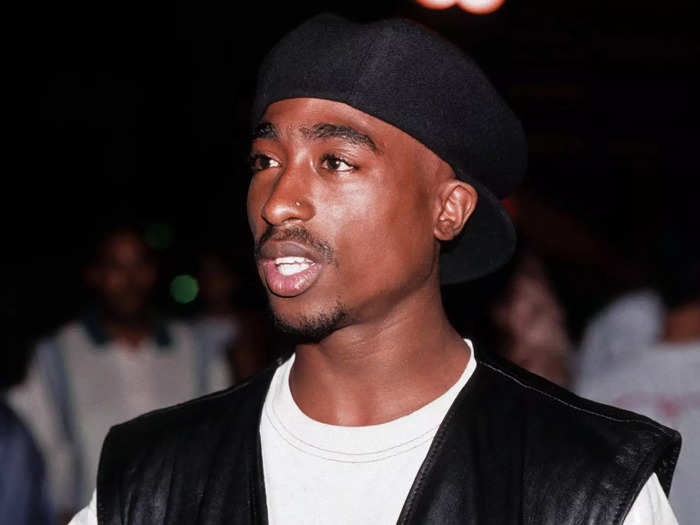
After Shakur was shot five times in an attack in New York in 1994, he began experiencing severe depression.
Robison writes that while staying with actor Jasmine Guy, Shakur was discovered by his family with "a shotgun in one hand," and a pistol in the other.
Shakur had the words "Fuck the world" written across his forehead.
Shakur's mother, Afeni, talked her son out of taking his own life, but the next day, he asked his family to help him follow through with his plan.
"He wanted them to drive to the woods, where he would share one last blunt with Yaki, Mutah, Katari, and Malcolm," Robinson writes. "Then they would leave him there with his shotgun. 'When it happens,' Tupac said, 'don't let them touch my body. I don't want them touching my body. Y'all take my body.'"
Shakur loved the music of Peter Gabriel.
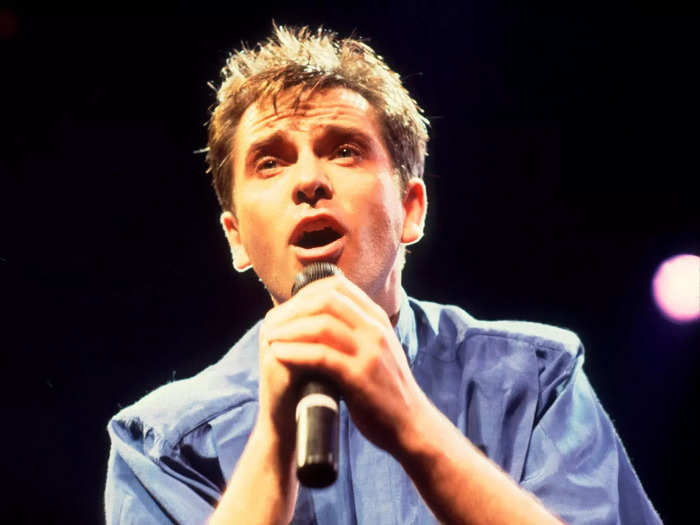
Shakur had a very eclectic taste in music as a teenager.
According to Robinson, Shakur and his high school friend John Cole would spend "most nights and weekends" at Cole's house smoking weed and listening to music together.
"They listened to music for hours, artists ranging from Metallica and the Cocteau Twins to Tracy Chapman and Sinéad O'Connor," writes Robinson.
Cole tells Robinson that one of his and Shakur's favorite songs of the time was "Don't Give Up" by Peter Gabriel.
"The song expressed the dreams that we were headed towards," Cole says.
Shakur recorded a song for Mike Tyson the day before he was fatally shot.
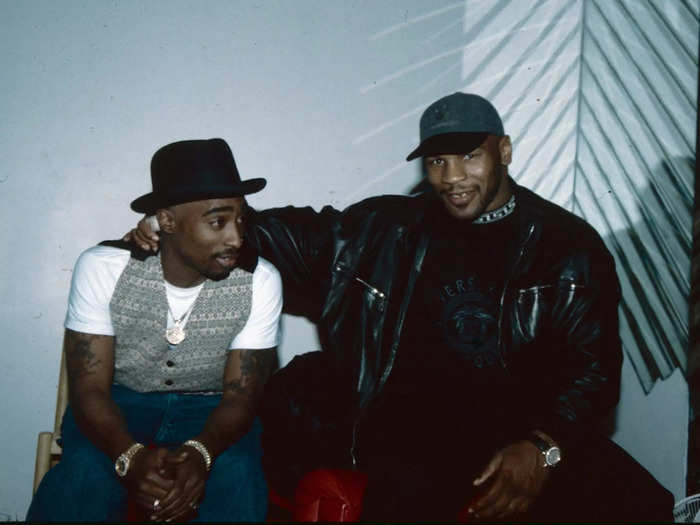
In 1996, boxing heavyweight world champion Mike Tyson asked Shakur to write him an entrance song for his fight against Bruce Seldon.
So, on September 6, the day before the fight, Shakur headed to a studio in Los Angeles and did just that.
Scott Gutierrez, the studio engineer on the day, recalls Shakur taking just 20 minutes to write and record the track, titled "Let's Get It On."
"I'll be back Sunday," Gutierrez says Shakur told him.
He never would, as the following night in Las Vegas, after Shakur attended Tyson's fight at the MGM in Las Vegas, Nevada, he was fatally shot in a drive-by shooting.
"Tupac Shakur: The Authorized Biography" is available now.
Popular Right Now
Advertisement